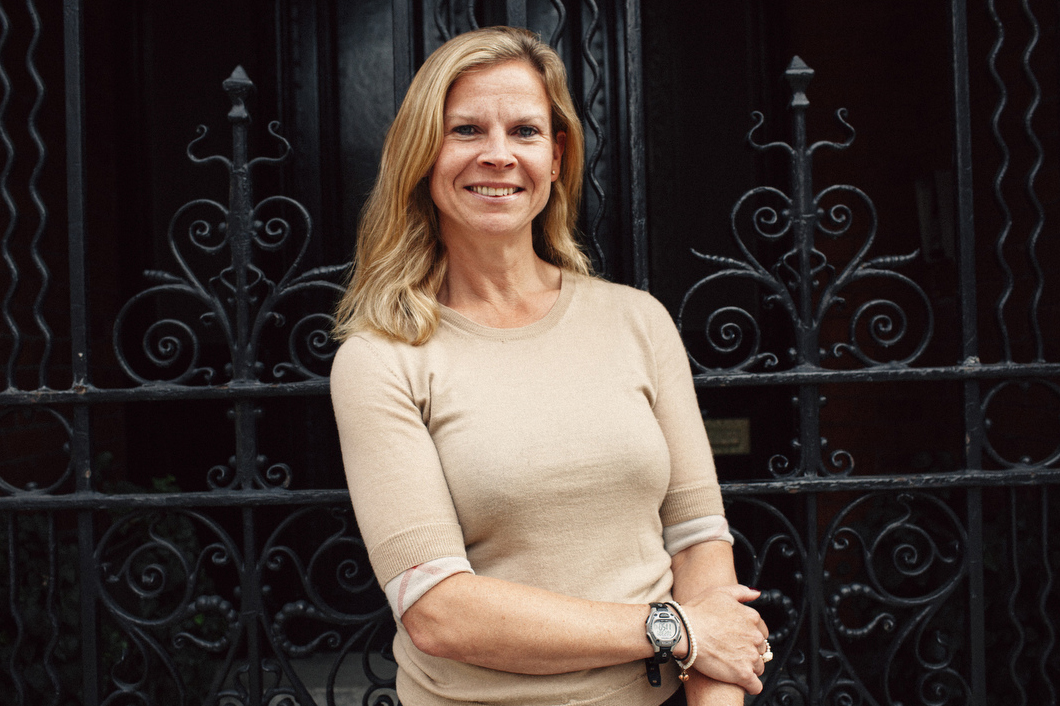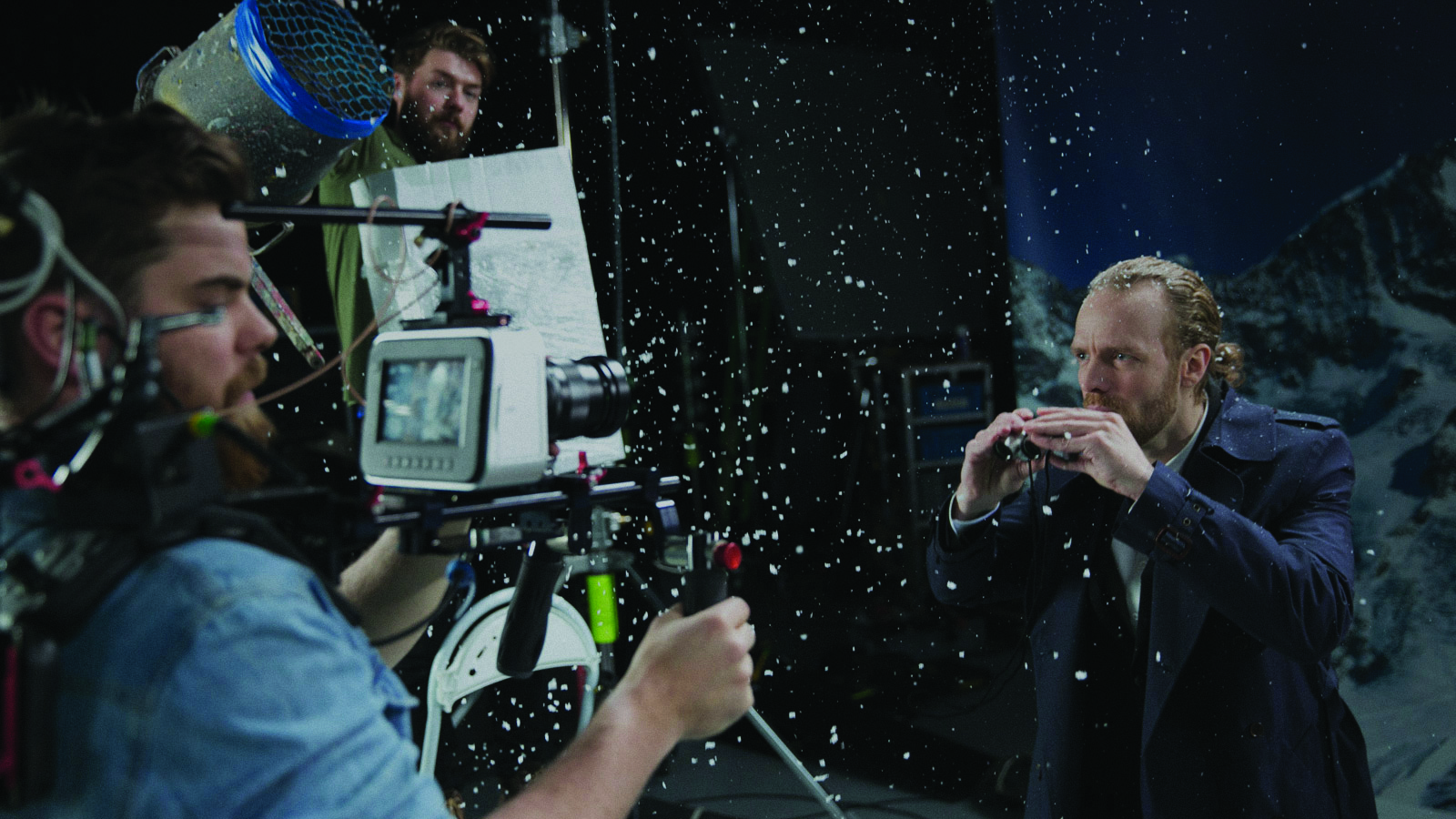
During the Golden Age of Hollywood from the late 1920s to the early 1960s, the ‘Big Five’ motion picture studios hired creative professionals under long-term contracts. Thousands of writers, set dressers and costume artists (not to mention lowly actors and directors!) worked on dozens of feature films a year for fixed annual salaries. The emphasis was certainly on quantity over quality, but every now and then an ordinary-seeming genre film did quite well: The Searchers, The Wizard of Oz, Casablanca.
It’s important to note that these masterpieces were mass-produced along with hundreds of other westerns, musicals and mysteries. Of course this all happened when box office revenues were much more stable than they are today. For most Americans, going to the movies was a dependably recurring activity which happened on a weekly or even daily basis. The studios ran a relatively predictable business and their preference for fixed contracts reflected that.
Today, these sorts of professional relationships seem very distant. The end of steady contract work for creative professionals can be attributed to a number of factors: successive waves of corporate consolidation, the rise of the agency system, internet piracy, the spectacular diffusion of media and culture in general. While it’s no question that artists were exploited in the old system, these days they’re lucky if they get a single chance to fail, much less three or four opportunities a year.
But echoes of the old studio system are starting to reappear in the creative industry, and they’re being enabled by low overhead costs, mass distribution channels and stable, subscription-based revenue models. While today’s Hollywood remains chained to the hit-or-miss model, more and more consumers are opting towards subscription-based content services in music (Rdio, Spotify), video (Netflix, Crunchyroll, Twitch) and reading (Kindle Unlimited, Oyster, Scribd). The steady and predictable income generated by subscriptions lets these companies make considered investments towards their future (whether sourcing great backlist content or developing original material) rather than scrambling to hit their numbers every ninety days amid an unpredictable advertising market.
According to Liam Bolus of REDEF, today the largest YouTube Multi-Channel networks (Maker, Fullscreen and Machinima) are already delivering enough minutes to US audiences to challenge major TV networks such as CNBC, FXX and Fox Sports 1. This year Netflix’s 41 million US accounts averaged almost two hours of video on the service each day, making it larger than two of the four major US broadcasters and twice as large as the largest cable network. In another year, Amazon’s Twitch network (which is solely devoted to video game spectatorship) could be a top 25 network.
So how is today’s newly empowered creator to start? Flip on a YouTube channel and hope to start getting advertising percentages (but only after generating hundreds of thousands of views)?
OZ is taking a different approach. The video streaming company, with offices in Santa Monica, California and Reykjavik, Iceland, wants its creators to make a living loving what they do — on the subscription model. Using its Channel Creator tool, any creator can build a video channel with their work and set their own subscription pricing. OZ handles the rest — everything from delivering the video experience to collecting the subscriptions from a global audience. Then OZ cuts the creators their monthly cheques, allowing them to consistently support their projects and while avoiding relentless self-promotion and crowdfunding campaigns.
Q&A with Gudjon Mar Gudjonsson, CEO, OZ

Why did you start the company?
It’s really simple. We are driven by the need to help creators distribute and generate revenue from their content. We want creators to be able to focus on creating. We want their audiences to enjoy viewing and engaging with their favorite shows, films, videos and with creators without interference from the viewing platform.
You have both US and Europe bases. What kind of perspective does that give you on American versus European media consumption habits? Are there any notable differences that you’re aware of?
OZ has offices in Santa Monica, CA and in Reykjavik, Iceland. One of the biggest differences between the US and Europe is the market fragmentation in Europe. This is somewhat driven by language and cultural barriers, closed territories and varying means of doing business between each country. These factors however open up opportunities for improvement so that content can be shared and viewed globally. Iceland is a great prototyping market, as it’s small, curious and engaged. Testing in Iceland has worked out really well for the company, as it is culturally influenced by both north America and Europe. We’re able to get valuable feedback from the community before launching features internationally, which gives us a market advantage.
Which OZ channels are doing really well right now? How would you explain their success?
The success is mostly related to the effort put in by the creator in terms of bringing over their audience. Subscribers to OZ channels tend to be the creators’ true fans, who want to be closer to the artists they love, gain access to exclusive content and engage with content without the noise that comes with ads. They really enjoy the members-only feel of OZ.
GusGus is a band in the EDM genre with a global fanbase. They launched their OZ channel as an experiment to see if they could engage with their fans, even when not on tour, by sharing exclusive content. It’s become like a fan club of sorts, where their subscribers are insiders on all things GusGus. It makes the fans feel closer to the band, which in turn inspires the band and helps them feel more connected to their fans. GusGus, with very little promotion so far, has begun generating more revenue from their OZ channel than they have on the top two most well known music sharing services. And it’s not even about the music so much as letting fans get a bit closer to the band. There are other channel genres gaining traction as well in the area of lifestyle, music, sports, fishing, culinary and children’s programming.
By Tamsyn Attiwell, VP of client services EMEA, Zuora







